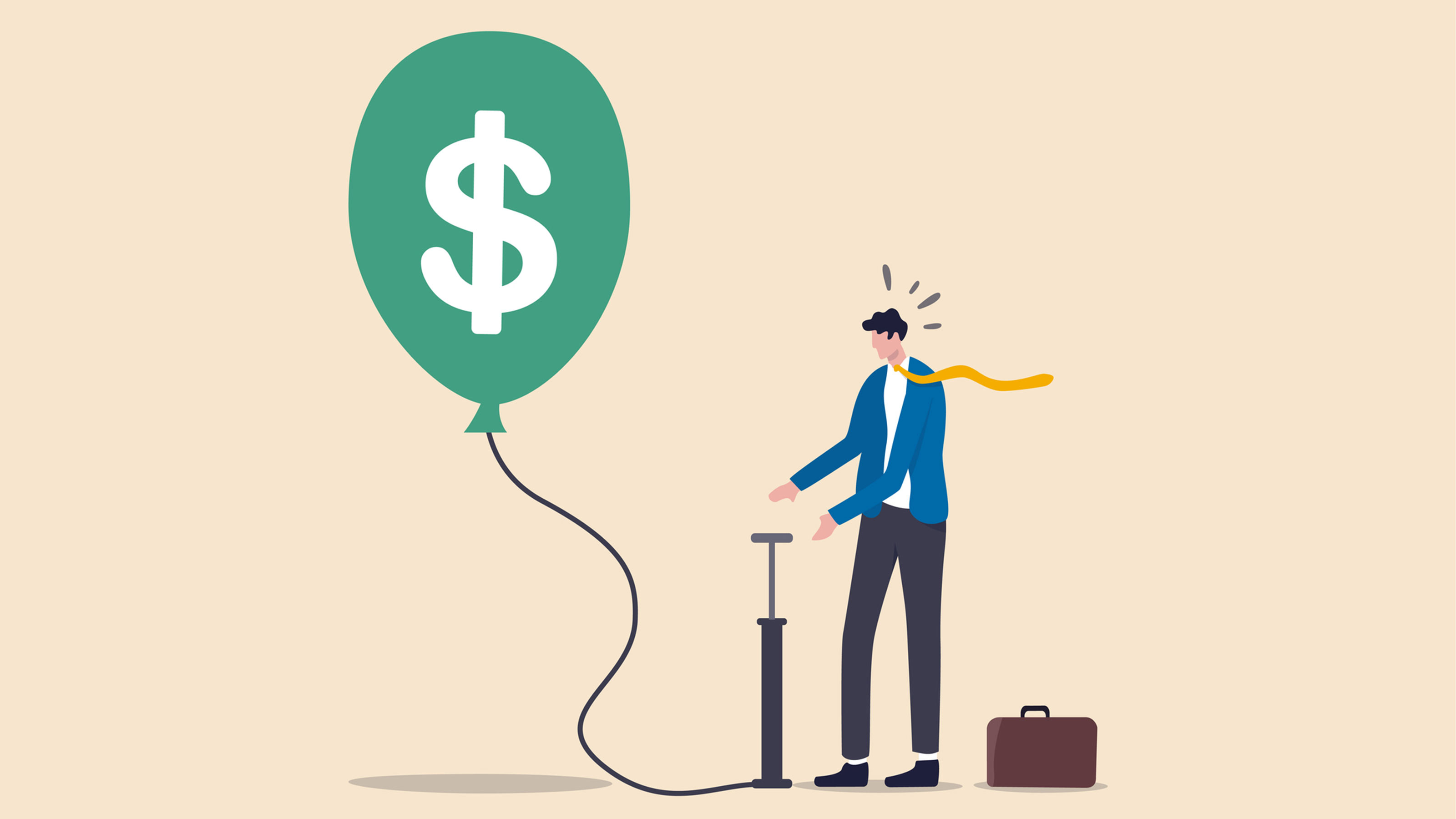What is a Market Bubble?
Even investing pros struggle to define what a market bubble actually is.


Even if you don’t pay a lot of attention to markets or investing, you’ve probably heard the term “market bubble”.
The global property bubble of the early 2000s led to the sub-prime crisis. The dotcom bubble of the late 1990s led to the dotcom bust. The South Sea Bubble of 1720 cost Sir Isaac Newton millions of pounds in today’s money.
But how exactly can we define a market bubble?

Sign up for Kiplinger’s Free E-Newsletters
Profit and prosper with the best of expert advice on investing, taxes, retirement, personal finance and more - straight to your e-mail.
Profit and prosper with the best of expert advice - straight to your e-mail.
Given that it’s probably one of the most famous terms in investing, it’s somewhat ironic that the correct answer to that question is “we can’t”.
There is no specific recognized definition of a market bubble.
This is partly because financial markets theory is built on models which assume that markets are rational. Most people know that this isn’t the case in practice, but it still makes it difficult to slot an emotionally-driven phenomenon like a bubble into existing theories.
However, it’s also because pinning a bubble down is hard.
Does a market bubble just mean a high valuation? Well, no, it’s more than that.
Technology stocks might look have looked expensive in recent years. But they have been positively tame compared to their valuations in the dotcom era. And US stocks have looked expensive on most valuation measures over the past decade. Yet there’s no sense of the wild optimism and “fear of missing out” that characterizes the most infamous bubbles.
If anything, it’s this sentiment aspect that separates a genuine bubble market from a merely expensive one. Every bubble starts with a good fundamental story – often related to technological change, or to a genuine supply shortage of the bubble asset.
As the asset rises in price, and the story becomes more widely known, there’s a sense of almost-manic desperation to get onboard. The price rockets, then rockets some more, as more and more investors are sucked in.
The investors and company insiders who got in early on see that the high prices are no longer justified by what’s happening on the ground. They start to sell even as more naive buyers keep coming along to add more fuel to the fire.
But eventually, there are no new buyers left to buy, and the bubble bursts. The latecomers lose the lot.
This leads us to the final aspect that makes bubble spotting so tricky – you can only know for sure that it was a bubble, after it has popped.
Our most recent example of a bubble may be in the cryptocurrency space. In November 2021, Bitcoin reached an all-time high price of $68,000, at the head of a crypto rally fueled perhaps by low interest rates and fear of missing out. Since that high water mark, all major cryptocurrencies have experienced dramatic price drops as financial conditions have tightened.
Bitcoin's price today sits at less than $17,000, having given up all gains since December 2020. Many other cryptocurrencies have fared even worse. This dramatic tumble in asset prices has created a financial contagion of widespread losses and total wipeouts among crypto owners, along with failures among crypto firms big and small. It certainly feels like a bubble has popped.
Stick with Kiplinger to learn how to invest with confidence - and avoid potentially costly scams.
Get Kiplinger Today newsletter — free
Profit and prosper with the best of Kiplinger's advice on investing, taxes, retirement, personal finance and much more. Delivered daily. Enter your email in the box and click Sign Me Up.

Ben Demers manages digital content and engagement at Kiplinger, informing readers through a range of personal finance articles, e-newsletters, social media, syndicated content, and videos. He is passionate about helping people lead their best lives through sound financial behavior, particularly saving money at home and avoiding scams and identity theft. Ben graduated with an M.P.S. from Georgetown University and a B.A. from Vassar College. He joined Kiplinger in May 2017.
-
 Registered Social Security Analyst: The Retirement Professional You Didn’t Know You Needed
Registered Social Security Analyst: The Retirement Professional You Didn’t Know You NeededThe services of a Registered Social Security Analyst (RSSA) are often overlooked. Yet, for those planning for retirement, nearing or already retired, an RSSA can be an invaluable resource.
By Donna LeValley
-
 Should You Hire a Public Adjuster for Your Insurance Claim?
Should You Hire a Public Adjuster for Your Insurance Claim?As natural disasters strike more often, insurance clients are asking, 'What should I do, or who should I hire, if my insurance company is jerking me around?'
By H. Dennis Beaver, Esq.